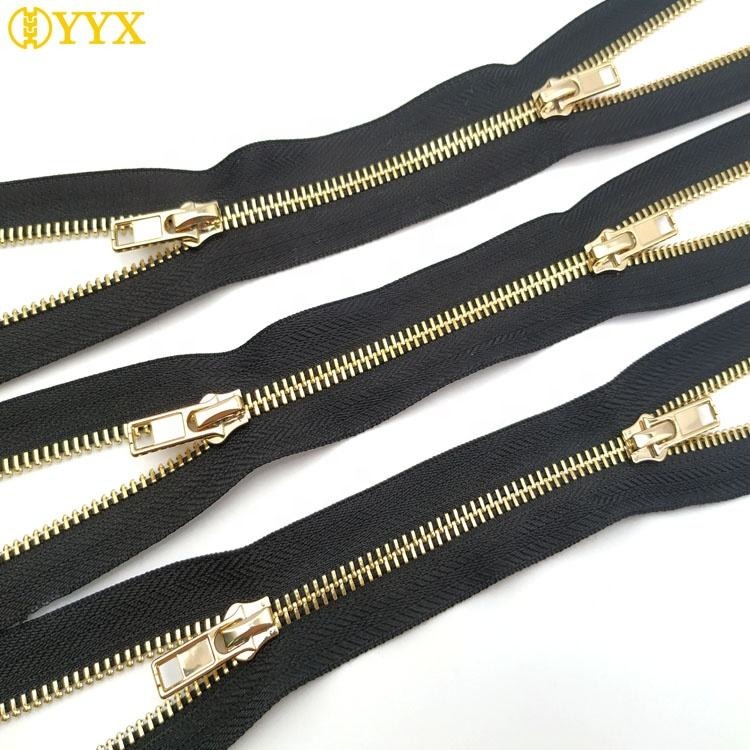Zipper sizes play a crucial role in the functionality and aesthetic appeal of garments, bags, and various other products that rely on zippers for fastening. Choosing the right zipper size is essential to ensure a proper fit and functionality. In this article, we will explore the different zipper sizes available for custom orders, discuss their applications, and provide insights to help you make informed decisions when selecting zippers for your specific needs.
1. Understanding Zipper Size Measurement:
Zipper sizes are typically denoted by a number, which represents the width of the zipper teeth in millimeters or inches. The most commonly used zipper sizes range from #3 to #10, with #3 being the smallest and #10 being the largest. It's important to note that the size of the zipper tape (the fabric portion on each side of the zipper teeth) may vary, but the size number refers to the teeth width.
2. Zipper Size #3:
Zipper size #3 is the smallest commonly used size and is suitable for lightweight fabrics and applications. This size is commonly found in garments such as skirts, dresses, blouses, and lightweight jackets. It is also used in small bags, pouches, and accessories.

3. Zipper Size #5:
Zipper size #5 is a versatile option that is widely used in various applications. It is suitable for medium-weight fabrics and can be found in a range of clothing items such as pants, jeans, jackets, hoodies, and bags. It strikes a balance between durability and flexibility, making it a popular choice for many custom orders.
4. Zipper Size #7 and #8:
Zipper sizes #7 and #8 are larger sizes that offer increased strength and durability. These sizes are commonly used in heavy-duty applications such as outdoor gear, backpacks, duffel bags, and heavy winter coats. They are more robust and can withstand frequent use and heavy loads.
5. Zipper Size #10:
Zipper size #10 is the largest commercially available size and is known for its exceptional strength and durability. It is commonly used in heavy-duty applications that require a secure closure, such as tents, boat covers, luggage, and industrial equipment cases. Due to its larger size, it may not be suitable for lightweight fabrics or garments.
6. Custom Zipper Options:
In addition to the standard zipper sizes mentioned above, custom zipper options are available to cater to specific requirements. Custom zippers can be tailored according to length, color, material, and design preferences. Customization options also include decorative pulls, sliders, and tape colors, allowing you to create zippers that align with your brand or design aesthetic.
7. Factors to Consider When Choosing Zipper Sizes:
When selecting a zipper size for your custom orders, consider the following factors:
a. Fabric Weight: Choose a zipper size that is suitable for the weight and thickness of the fabric you are working with. Lighter fabrics require smaller zipper sizes, while heavier fabrics may need larger sizes for optimal functionality.
b. Intended Use: Consider the purpose and application of the product. If it will undergo heavy use or carry significant weight, opt for larger zipper sizes for added strength and durability.
c. Design Aesthetic: The zipper size can also impact the overall appearance and style of the finished product. Choose a size that aligns with your desired aesthetic and complements the design.
Understanding the different zipper sizes available for custom orders is essential for selecting the right zipper for your specific needs. Whether it's for garments, bags, or other products, choosing the appropriate zipper size ensures optimal functionality and durability. By considering factors such as fabric weight, intended use, and design aesthetic, you can make informed decisions when customizing zippers for your projects. Remember, custom zippers offer additional options to tailor the length, color, material, and design elements, allowing you to create unique and personalized zipper solutions.


